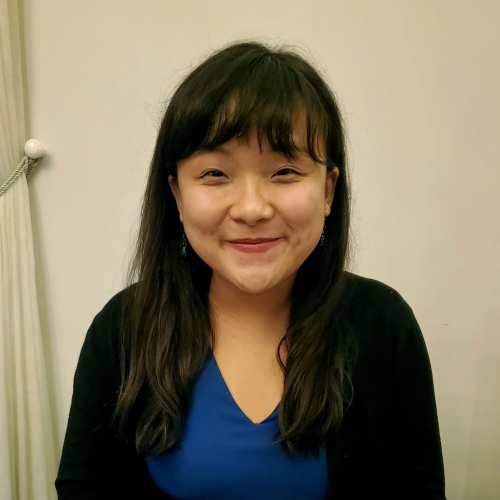
Unlike Sadako from The Ring, many female ghosts in old HK cinema aren’t vengeful
- Young Post introduces some captivating and compassionate female ghosts in Hong Kong cinema
- Instead of giving cheap scares, these characters are often used as social commentary
 Brigitte Lin plays Su Su is a kind-hearted and friendly spirit in Ghost of the Mirror (1974).
Brigitte Lin plays Su Su is a kind-hearted and friendly spirit in Ghost of the Mirror (1974).When we think of ghosts, the haunting image of a slender, pale woman in a white dress with straight, long, black hair might creep into our minds, as seen in many horror films from around the world.
However, Priscilla Chan, the curator of the film screening programme Archival Gems – Enchanting Shadows, has encountered some beautiful, elegant and innocent female ghost figures in Hong Kong cinema.
Intrigued, Young Post spoke to Chan to learn more about the unorthodox representation of female ghosts in Hong Kong cinema.
Hungry ghosts on the loose in Hong Kong
Having been involved in local films for a long time, the Assistant Curator of the Hong Kong Film Archive has collected eight non-scary female ghost films that date back between the 50s and 90s, which feature famous actresses who were in the prime of their careers.
“I first noticed this trend when I watched our opening film, Beyond the Grave. The female ghost Lian Suo (Lucilla You Min) is very innocent. Then I did some research and discovered that many of the female ghosts found in old Hong Kong movies including Chinese Ghost Story and Rouge are not frightening,” Chan said.
Not so much of this. via GIPHY
She added the ghost characters are often taken from Chinese literature – in which female ghosts are a recurring figure. She cited Beyond the Grave as an example.
“Lian is based on the female ghost character of the same name in Pu Songling’s Strange Tales from a Chinese Studio, a collection of classical Chinese stories about the supernatural,” Chan said.
In most of the curated films, the female ghost figures are reluctant to leave the human world because of some unfinished business. They also often find their true love somewhere along the line.
From Indiana Jones to Ghostbusters: seven of the best 80s films to watch right now
“When they fall in love with the male protagonist, they are very eager to express their feelings. For example, Lian courageously confesses her affection for the male lead Yang Wei, and even goes so far as to reveal her ‘ghost’ identity’.”
Chan pointed out that the boldness of female ghosts chasing love hardly aligns with the traditional role of “passive” Chinese women in the 50s.
Nevertheless, the distinctive features of female ghost figures were used by writers and filmmakers to convey their dissatisfaction towards authorities and established power structures.
“For instance, Fleur [Anita Mui], in Rouge, who returns to Hong Kong 50 years after her death to search for her lover, is an explicit metaphor for the 50 years of the unchanged capitalist system and way of life in Hong Kong promised by the ‘one country, two systems’ principle,” she explained.
As the plot develops, the man and the female ghost fall in love, but the difference in their form of existence would eventually stop them from staying together.
Behind the scenes of the Hungry Ghost Festival
“They either both end their lives together, or the female ghost sacrifices herself for her lover. In other words, the female ghost dies at the end,” said Chan, bursting into laughter.
“For example, Lian was burnt to death with her lover, while another female ghost [Lei Wai-noeng, played by Betty Loh Ti] in Red Plum Pavilion burnt her enemy and herself to death.
“While sucked into the story of the film, you might find the ending quite poignant. But once you’ve stepped out of the imaginary world, you may ask yourself: ‘How can she die after her death’?”
But no matter how illogical these female ghost movies are, Hong Kong movie buffs like them, because “they are all serious productions with aesthetics, cinematography and visual effects of high quality.”
Most importantly, Chan wishes to deliver the message that “life is hopeful” through Archival Gems – Enchanting Shadow. “As you can see [from the movies], the female ghosts were able to realise their dreams even after death. For me, that shows there’s always hope for mankind, regardless of our circumstances.”
